How to avoid the top costly and elusive home renovation mistakes
Topic:
Home Renovation
Virtually every level of home renovation – from simple room redesigns to kitchen remodeling to home additions – involve an equal level of emotion and stress. Homeowners undertake renovation projects because they sense a change is needed to make something more functional or attractive or both. And change is uncomfortable for many folks.
Naturally, every homeowner wants to minimize that discomfort and anxiety by avoiding mistakes they’ll have to live with. They want to minimize the risk and stress that comes with every renovation project, but most are unsure how to do this. As a reputable, professional design/build contractor we feel strongly that communicating clearly and working closely with our clients to make every home renovation project as pleasant, fulfilling, and deeply satisfying as possible is fundamental to everything we do. That’s why we’re writing this blog post – we want to share with you the most effective ways to avoid mistakes and have your next home renovation project fulfill your dreams.
The devil is in the details when renovating a home
We’ve all heard that saying, and it’s especially true in the construction and home renovation industry. Inadequate and incomplete planning is, without a doubt, the single biggest mistake made in home renovation projects.
Poor planning has many roots. Sometimes it’s simply the result of laziness or inexperience on the part of the contractor; other times, it’s done intentionally by the contractor who is vague on the details of the project to allow for “wiggle room” in case unexpected issues arise or mistakes are made. A large, red flag should be raised with any contractor who’s eager to start a project without providing a comprehensive, proper plan and an accurate, detailed quote.
Even if you hire an architect to produce a set of plans, that’s not enough – the homeowner must obtain a valid quote from the contractor based on those plans and a detailed schedule for the work. Otherwise, they will be starting the renovation project with incomplete information, which is never a good idea. That kind of project inevitably comes in significantly over the contractor’s quotation and covered through change orders, it takes longer than the timeframe they promised, and is profoundly dissatisfying.
Here are some of the other common mistakes, all of which stem from poor home renovation planning:
1) Pricing without analysis - Some contractors are anxious to land a job because they need the cash, so they’re happy to provide a quick, off-the-cuff estimate for a project just to get a “yes.” It is never a good idea to accept a quote like that. Even getting three estimates under those conditions most likely will not yield good results because they’ll ALL be inaccurate.
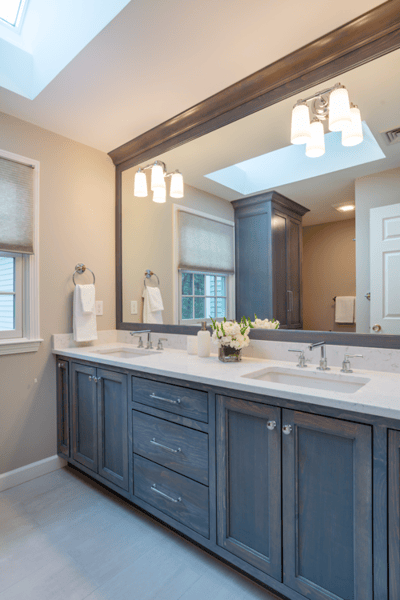 An accurate quote requires homework on the part of the contractor. The right approach is for the contractor to do discovery and learn about the homeowner’s wants and needs, the space being renovated, and the available budget. If a set of architectural plans is provided, it needs to be carefully analyzed, a bill of materials prepared to successfully construct the plan’s design, a schedule developed to complete the project in a reasonable amount of time, and an accurate quote produced based on all three. There are no shortcuts and no workarounds.
An accurate quote requires homework on the part of the contractor. The right approach is for the contractor to do discovery and learn about the homeowner’s wants and needs, the space being renovated, and the available budget. If a set of architectural plans is provided, it needs to be carefully analyzed, a bill of materials prepared to successfully construct the plan’s design, a schedule developed to complete the project in a reasonable amount of time, and an accurate quote produced based on all three. There are no shortcuts and no workarounds.
2) Improper material selection - Once again, poor planning leads to gray areas when it comes to selecting the right materials and products for a project. Questionable contractors may provide inappropriate allowances for materials in an effort to reduce the original quotation for the renovation project. If the homeowner stays within that budget, they may be unhappy with the products they select, or worse, those products may be inadequate and perform poorly or even fail. The solution is to shop early and include the actual costs in the planning and budgeting process.
3) Inadequate permit requirement review - Step one is to check the municipal building requirements to ensure the renovation project is possible before the renovation is designed. Many projects never get off the ground – or worse, get started and must be stopped -- because no one checked to see if the proposed renovation will be accepted by the city or town.
4) Insufficient structural engineering - This mistake ties in with the permit requirements. We have seen a number of plans that were not looked at by the build team in advance. What was drawn up would be impossible to produce because it was structurally too expensive, or the design simply wouldn’t work.
5) Lack of building code requirement knowledge - When a contractor does not have an adequate knowledge of building code requirements, they leave themselves (and the homeowner) open to building inspectors requiring enhancements that were not identified earlier in the process causing additional change orders which were not in the original budget.
6) Poor quality - Generally speaking, a low bid is low quality. A low bidder almost always chooses low quality products and unskilled labor in order to deliver a renovation at the price presented. That means the homeowner has to invest more money later to correct the mistakes and replace all the poor-quality materials and products.
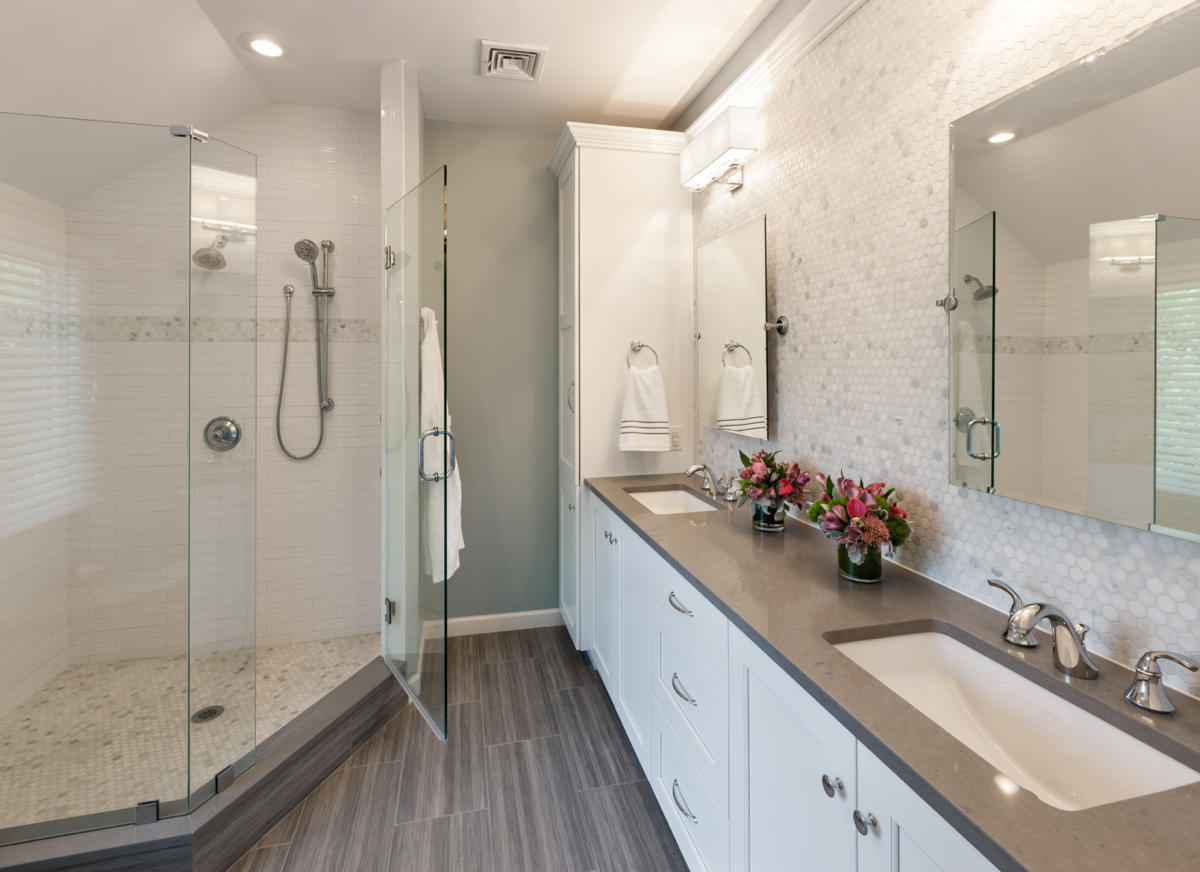
Good craftsmanship always costs a little more, takes a little longer, and is always worth it. The old saying “you get what you pay for” is still appropriate in the construction industry. A reputable, professional builder embraces best practices -- the process, documentation, financial reporting by the builder, and all of the proper elements of planning and construction. Best practices are just that. There is no “just okay.”
Regardless which contractor you choose – and after reading this, you are now armed with the knowledge to make the right choice – you, as the homeowner, has some responsibilities to ensure that your project proceeds smoothly, according to plans and your wishes.
Start by doing proper due diligence on checking out each contractor you consider. Look at their experience, their awards, their years in business, and their client reviews. Check with vendors and subcontractors to see what they think of the contractors you’re considering.
Make sure you have a 100 percent closeout clause in your contract stipulating that your contractor doesn’t get fully paid until the project is officially completed and accepted. We have heard more than one horror story from homeowners of unscrupulous contractors who partially completed project, took the money, and disappeared. Officially closing out the project helps the homeowner and the builder know everything is satisfactorily completed.
The best contractors want to establish a respectful, enjoyable relationship with their clients. After all, it’s in the contractor’s best interest to have a happy, enthusiastic client who will choose them for the next project and refer them to others even if there isn’t a next project. A good relationship produces good communications which leads to good results and a successful, fulfilling project that meets – and often exceeds – the homeowner’s dreams.
To learn more about the home renovation process, please read our eBook, “The Homeowner’s Guide to Creating the Dream Home You’ll Love.” And if you are ready to speak about your next renovation, please schedule a home renovation discovery session.

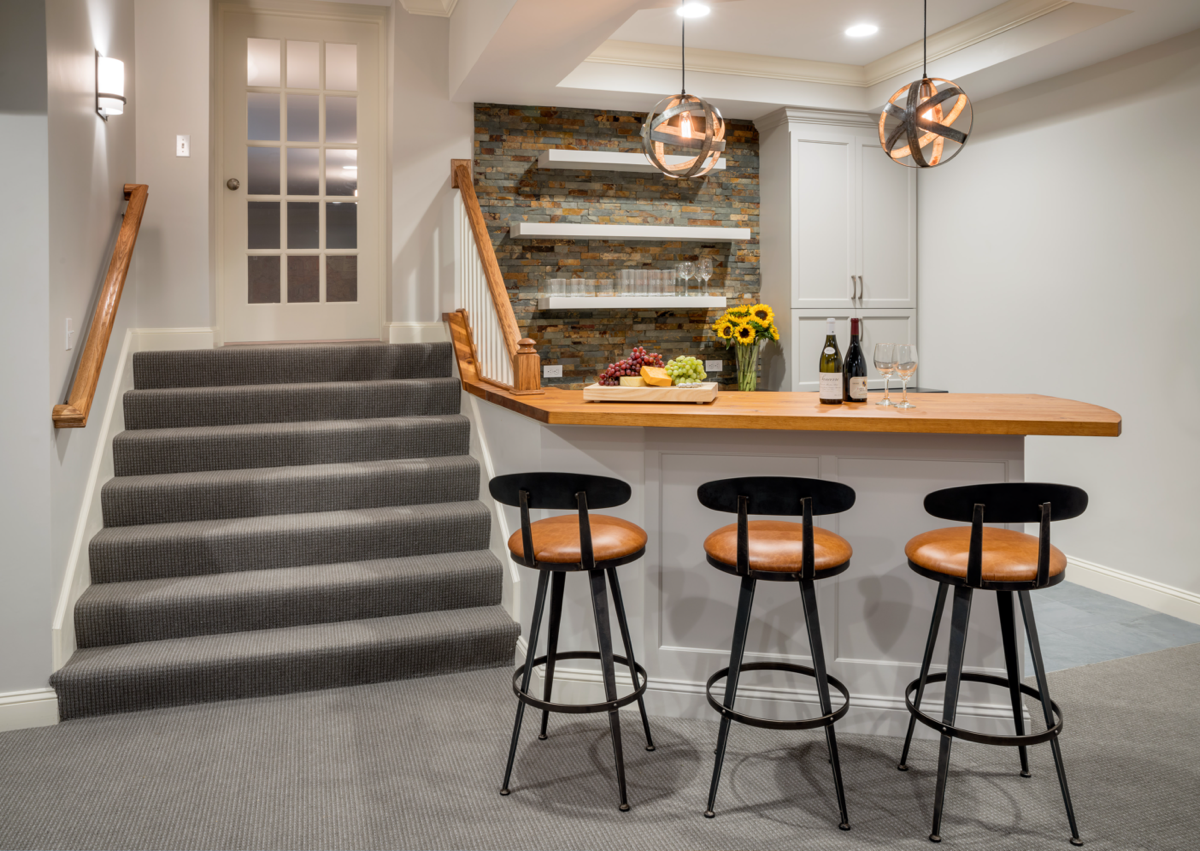

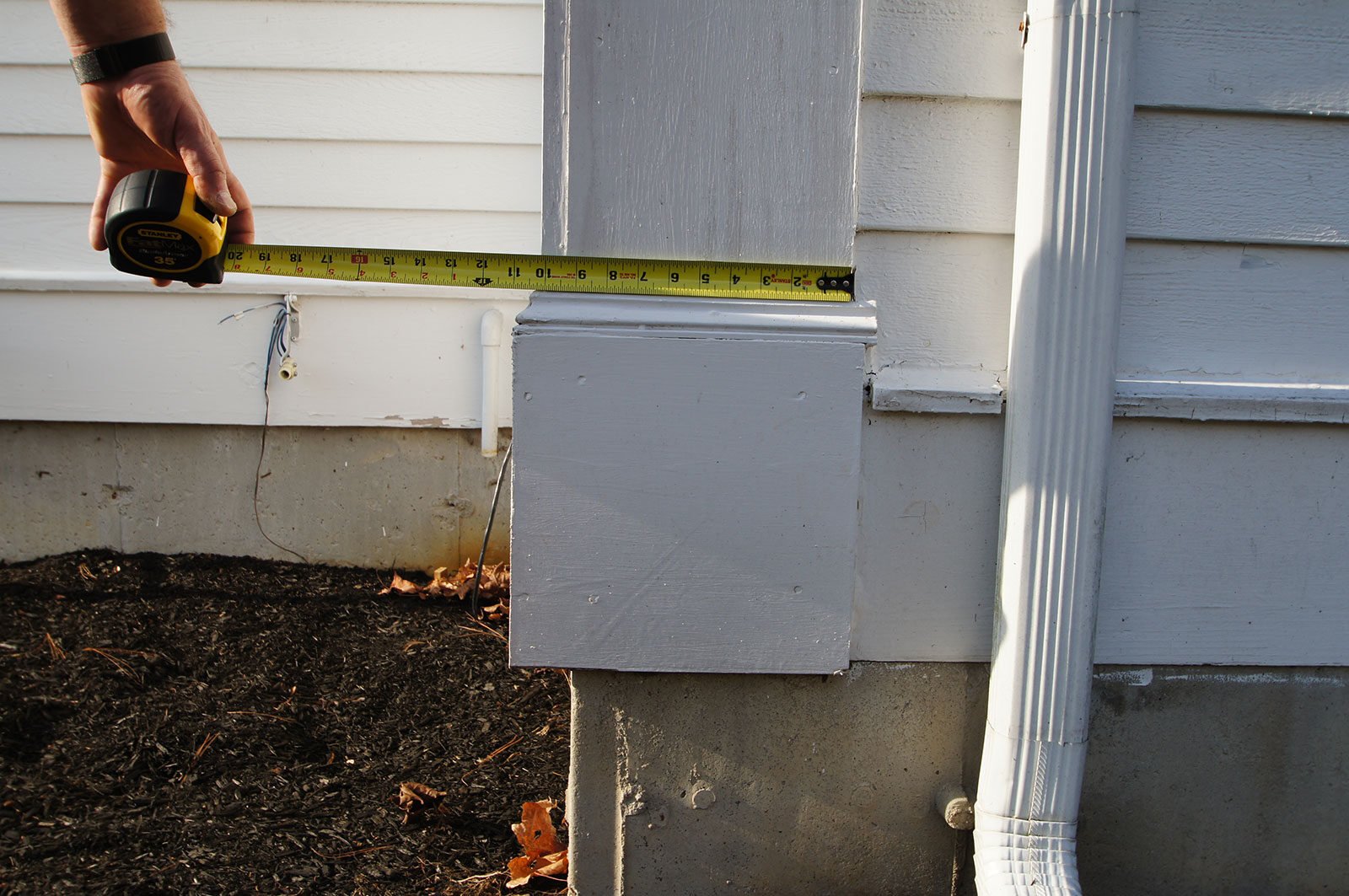
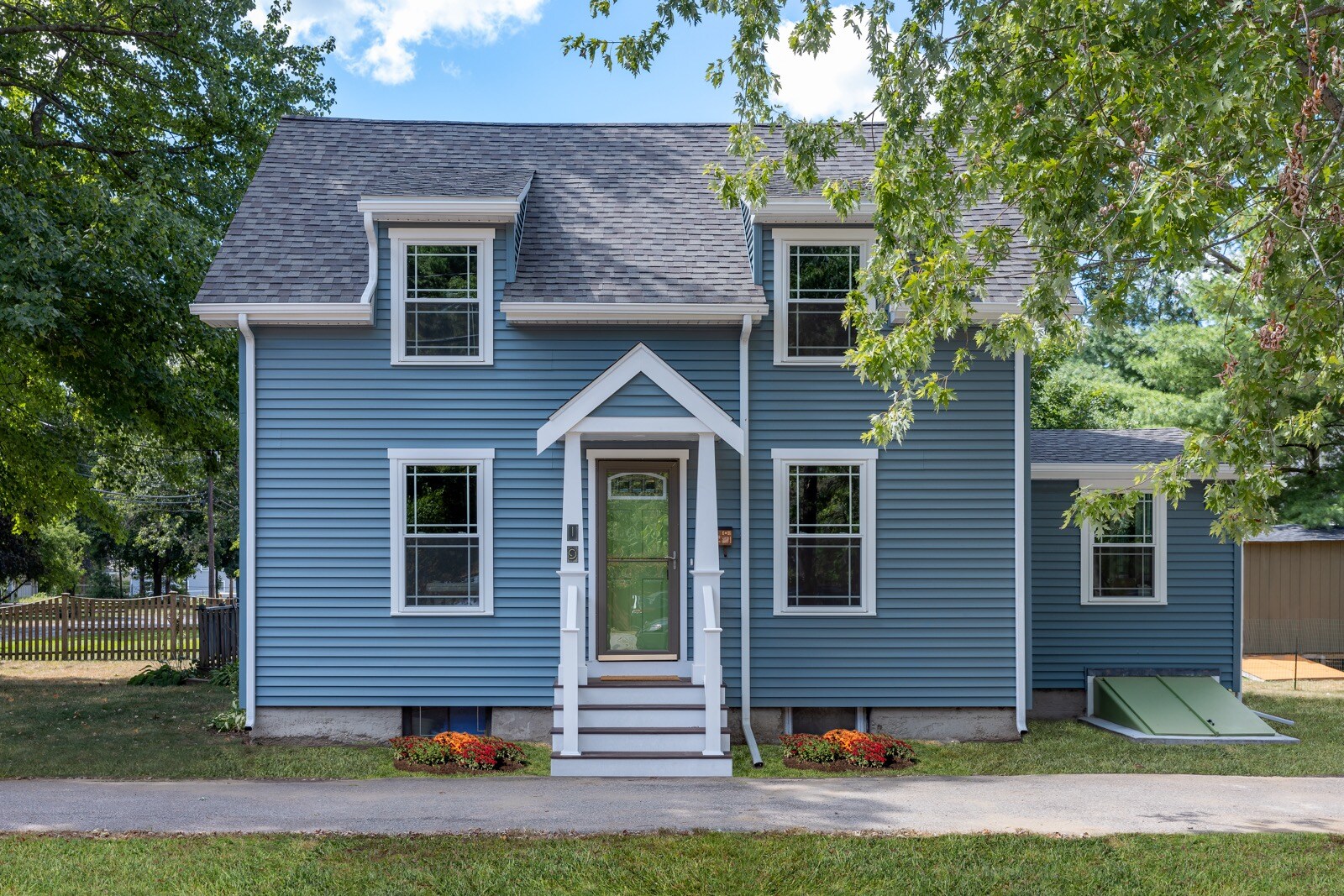



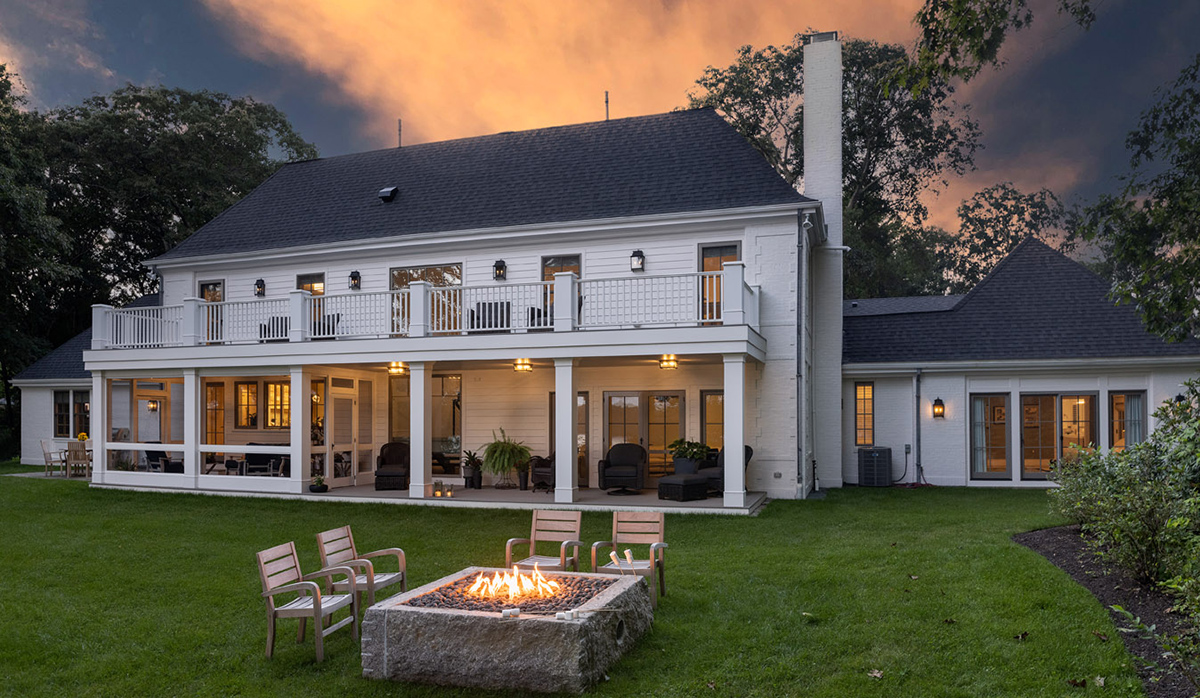


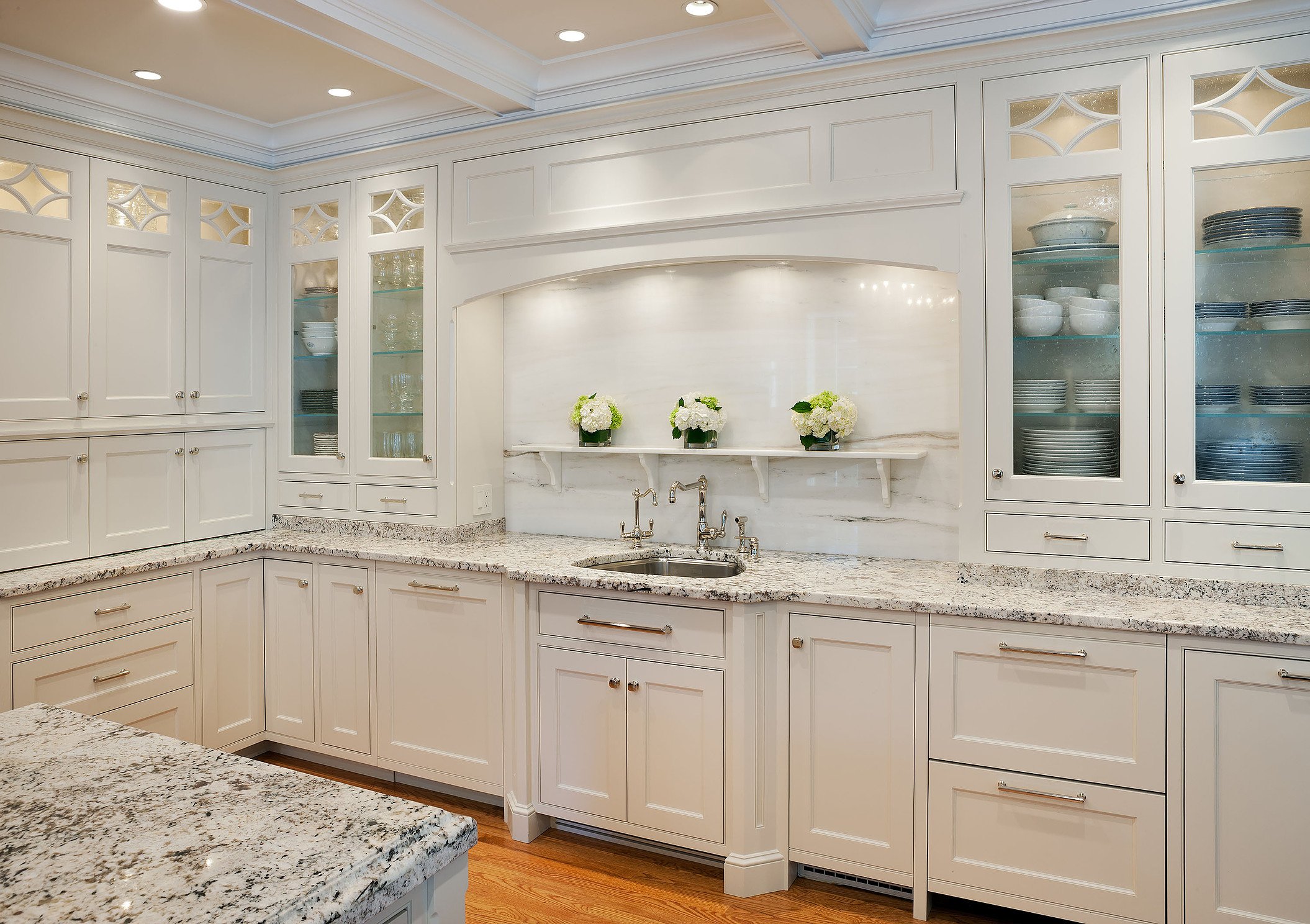
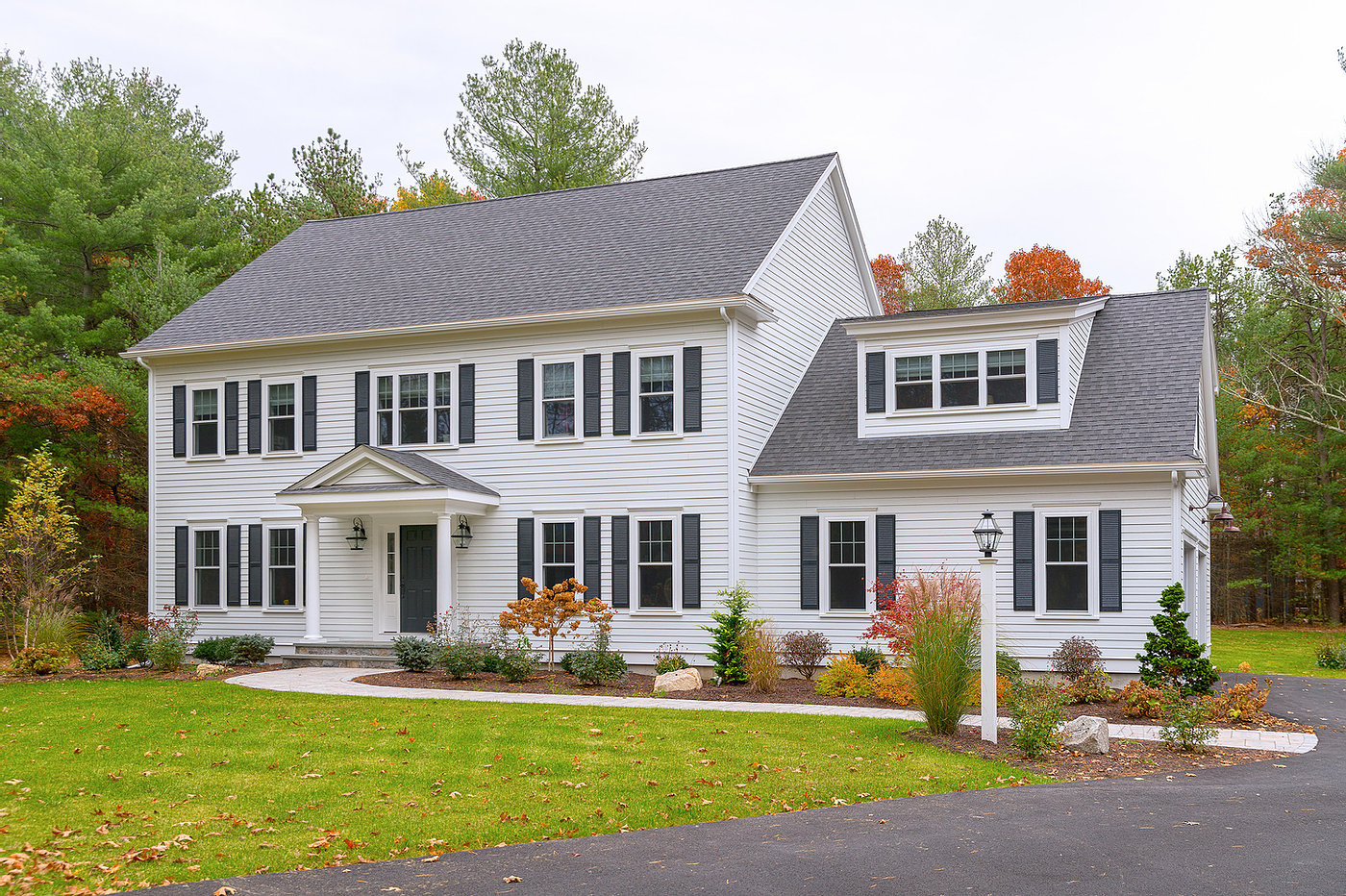
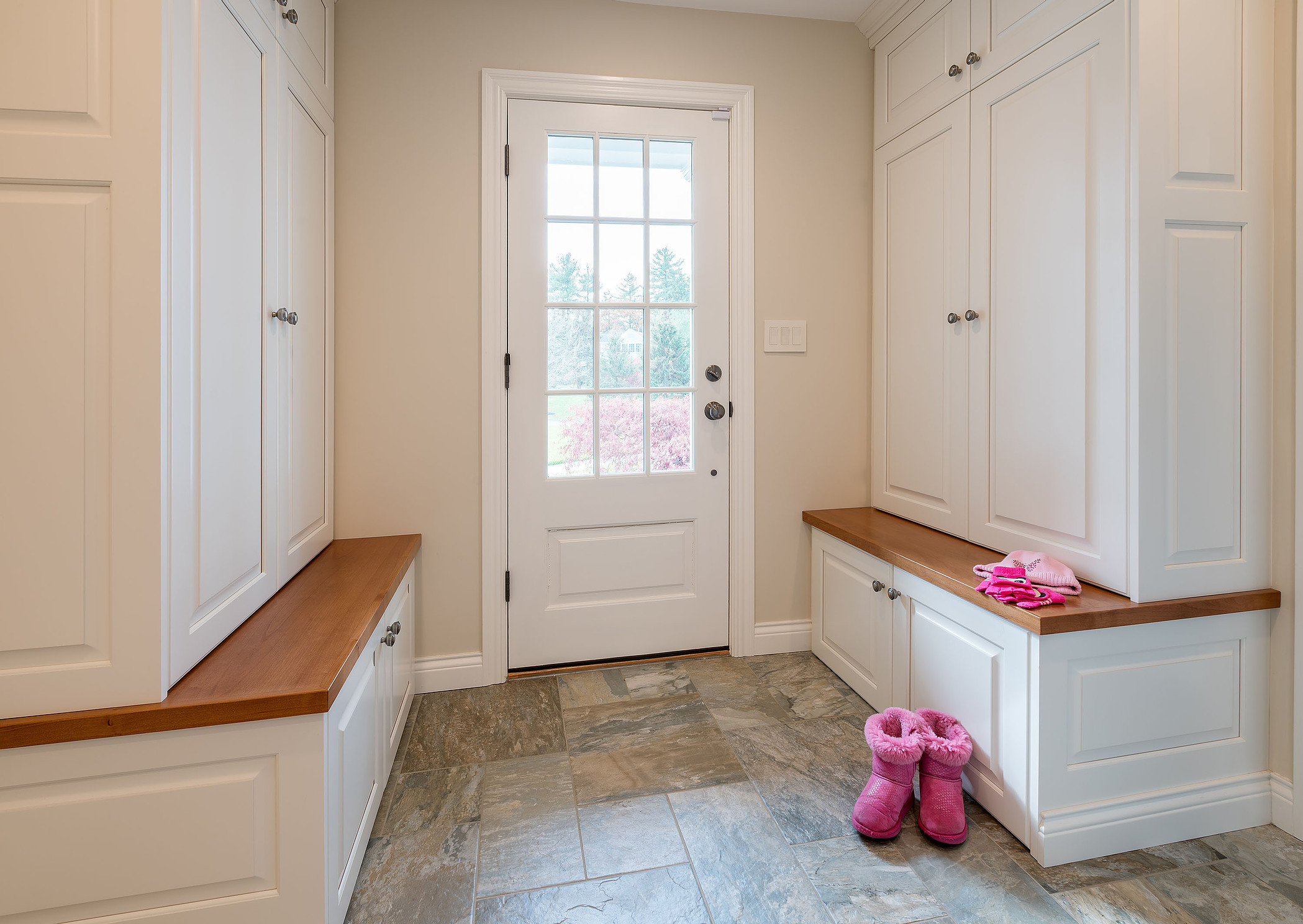
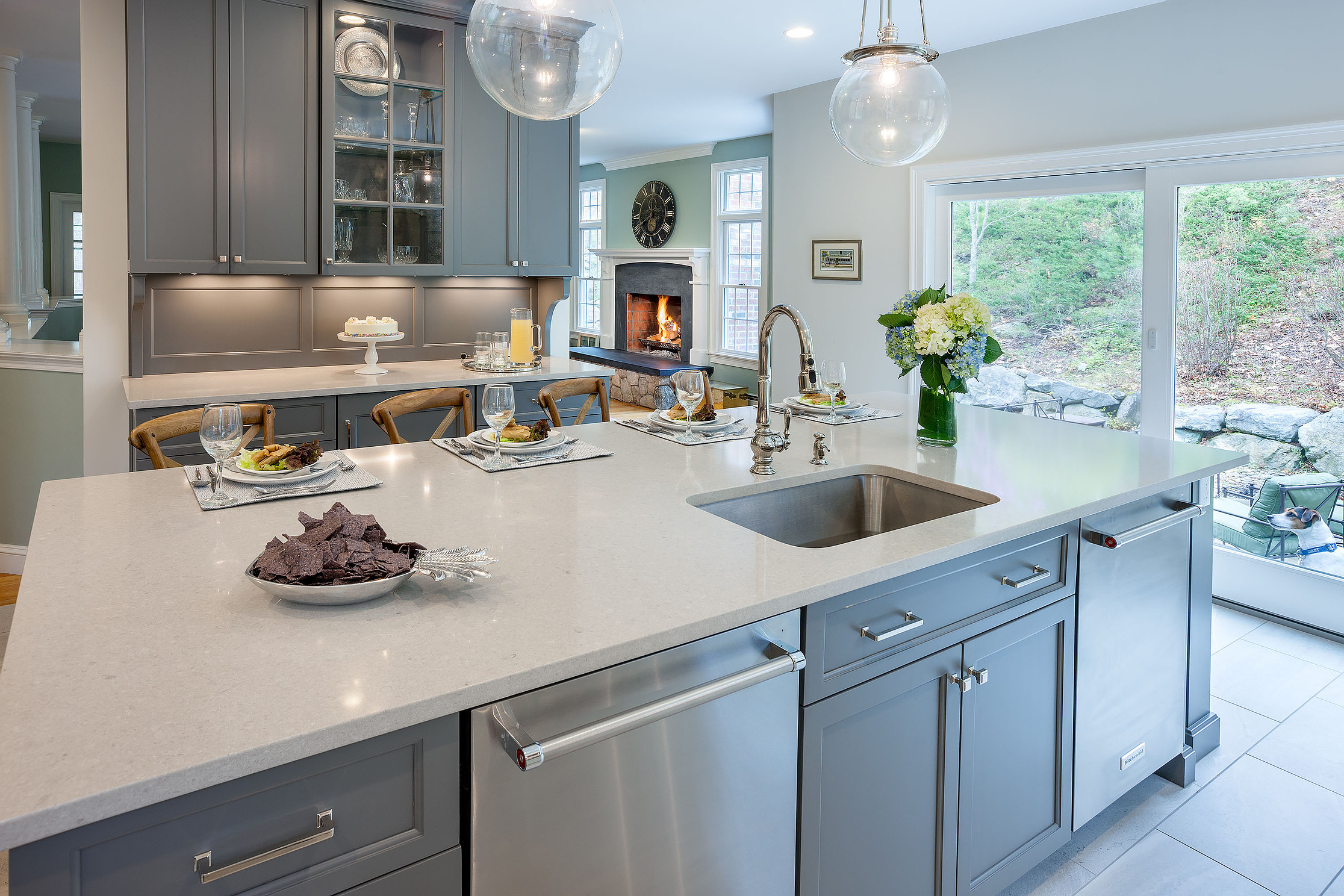
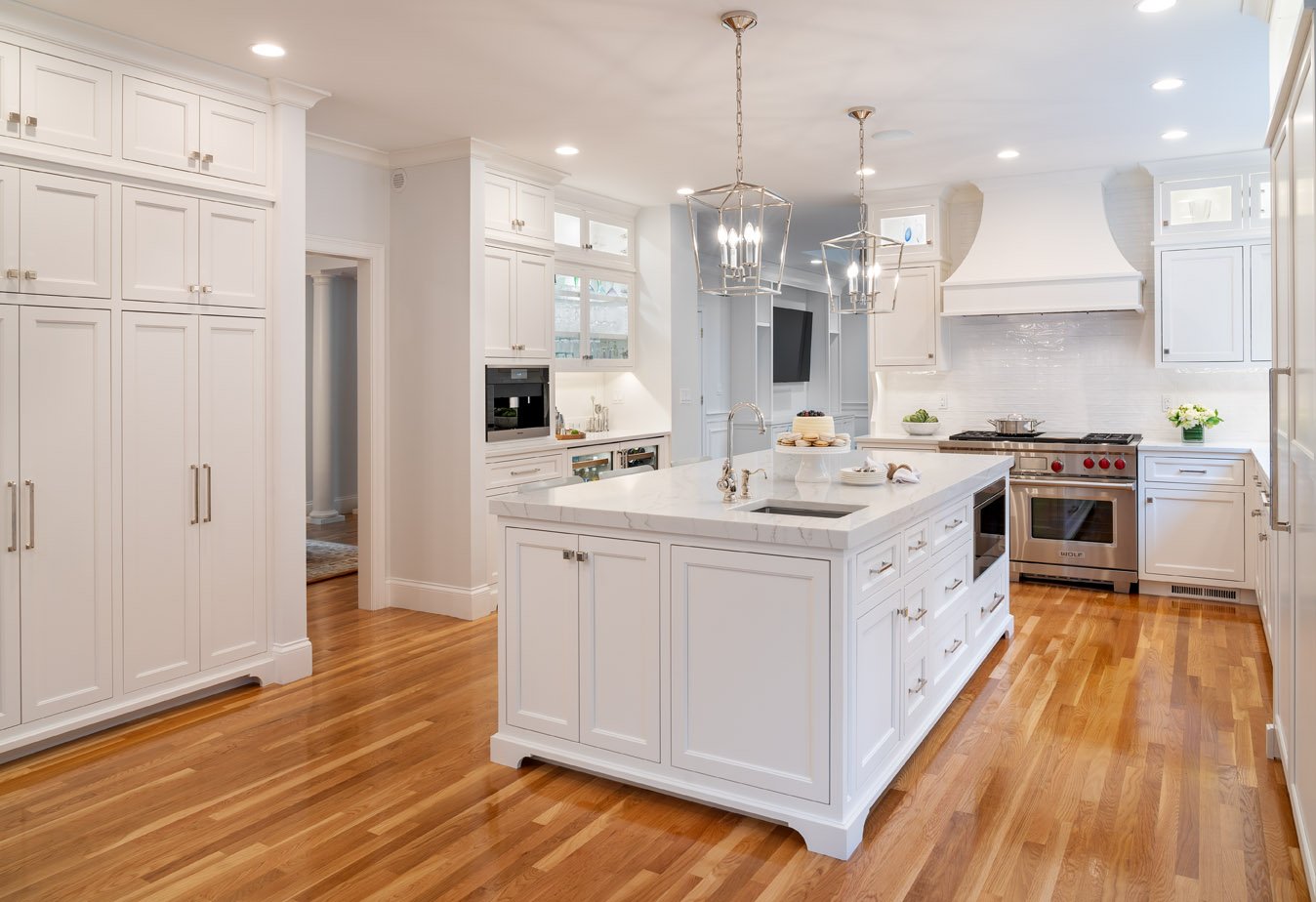


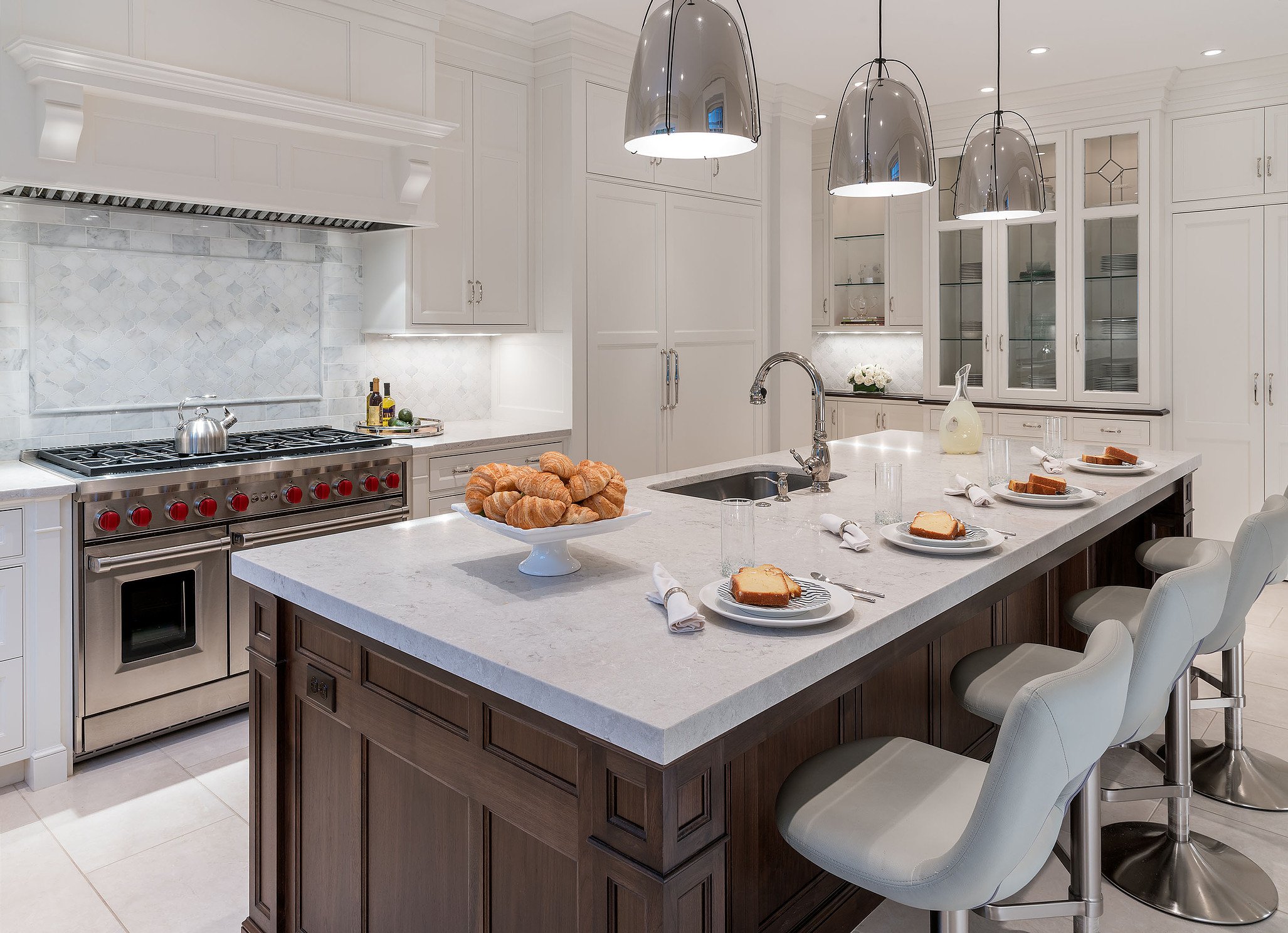
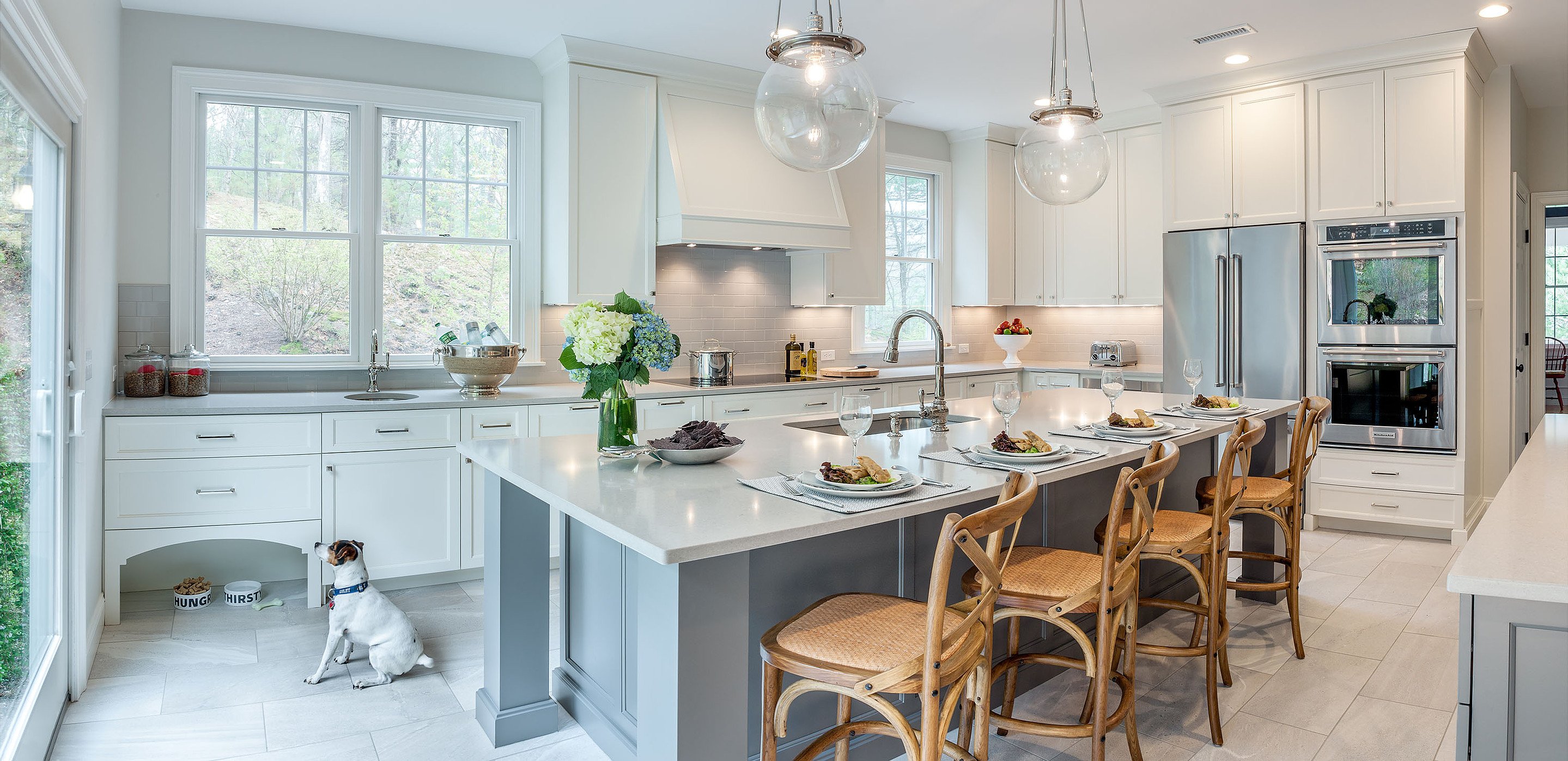
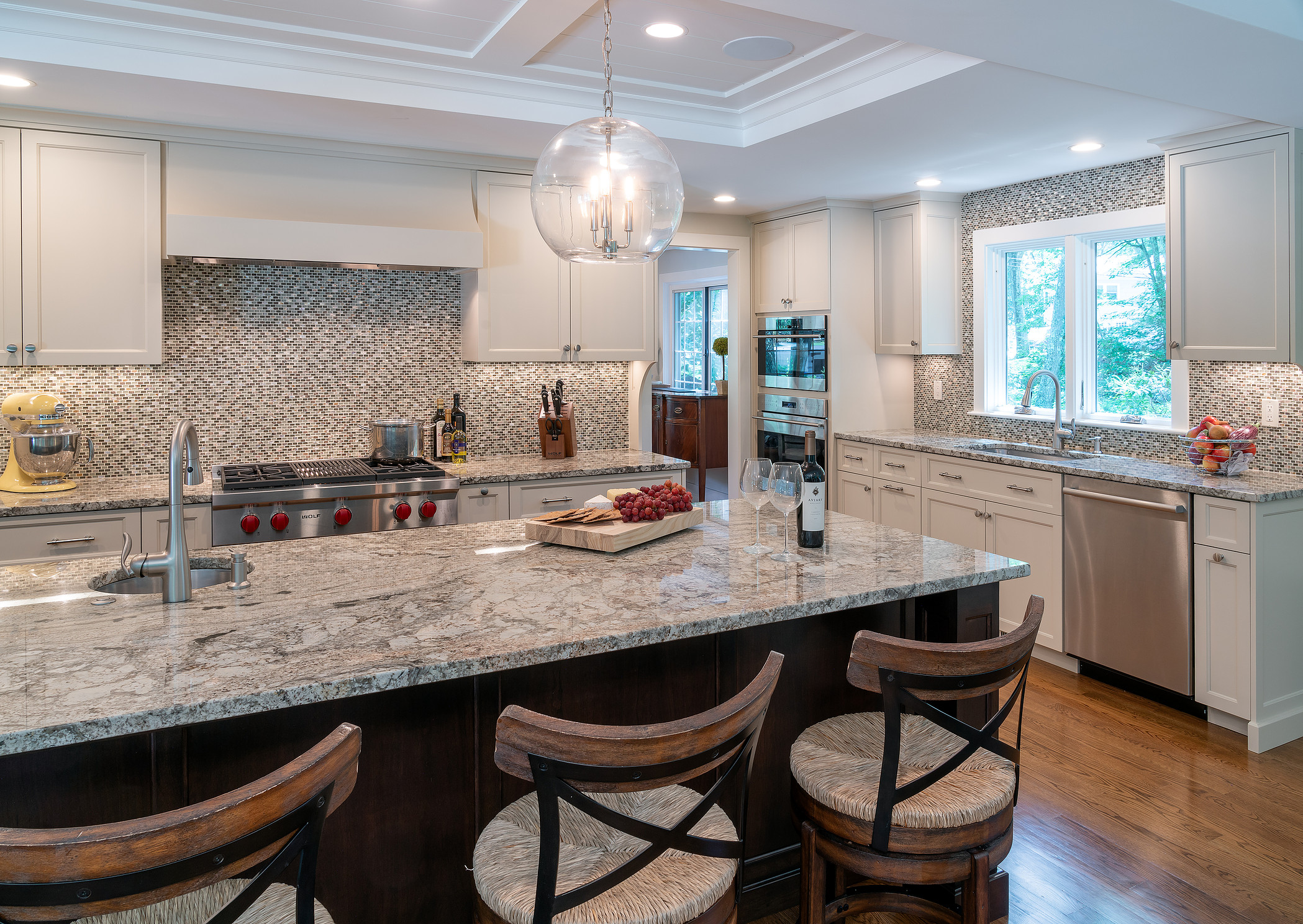

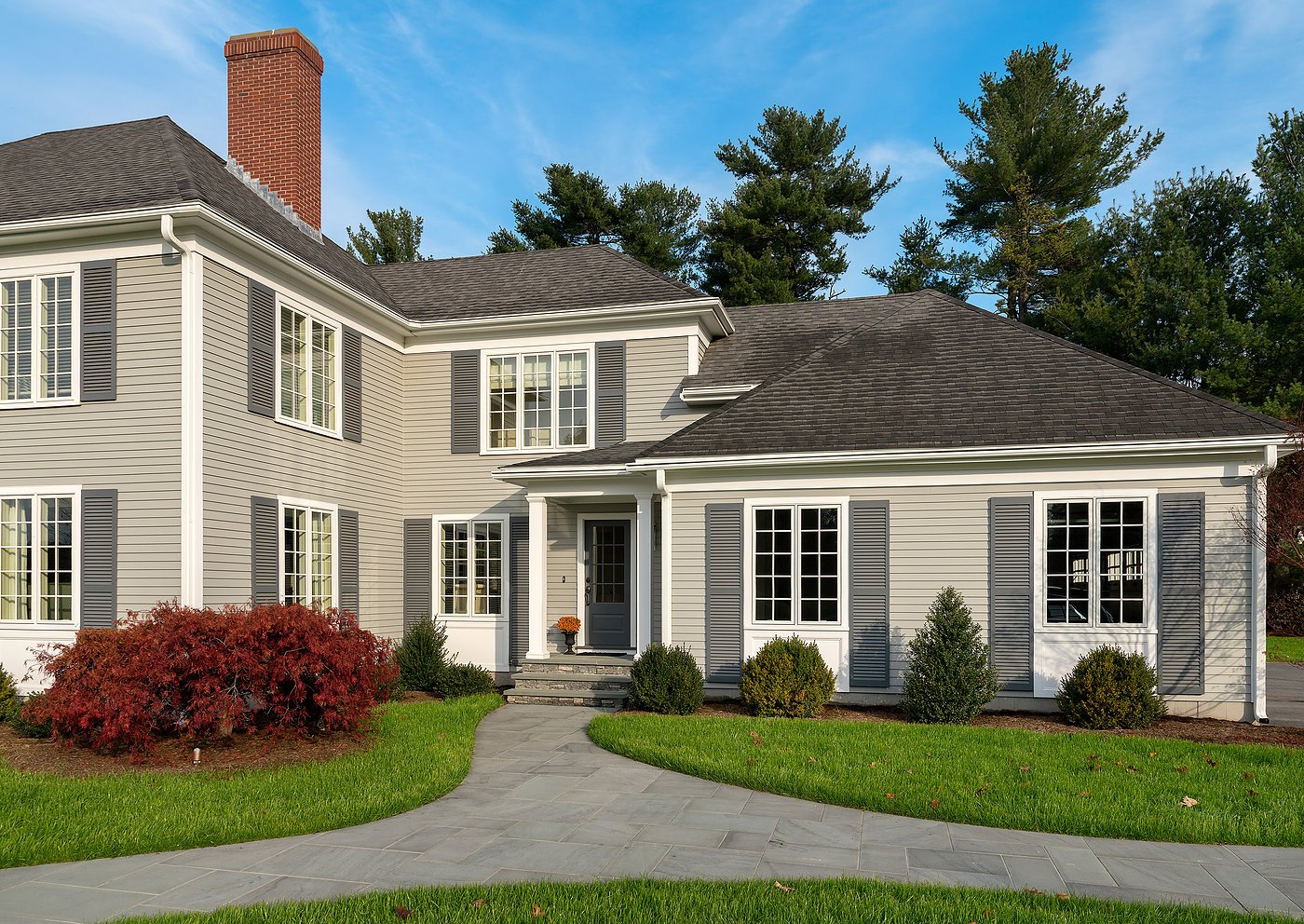

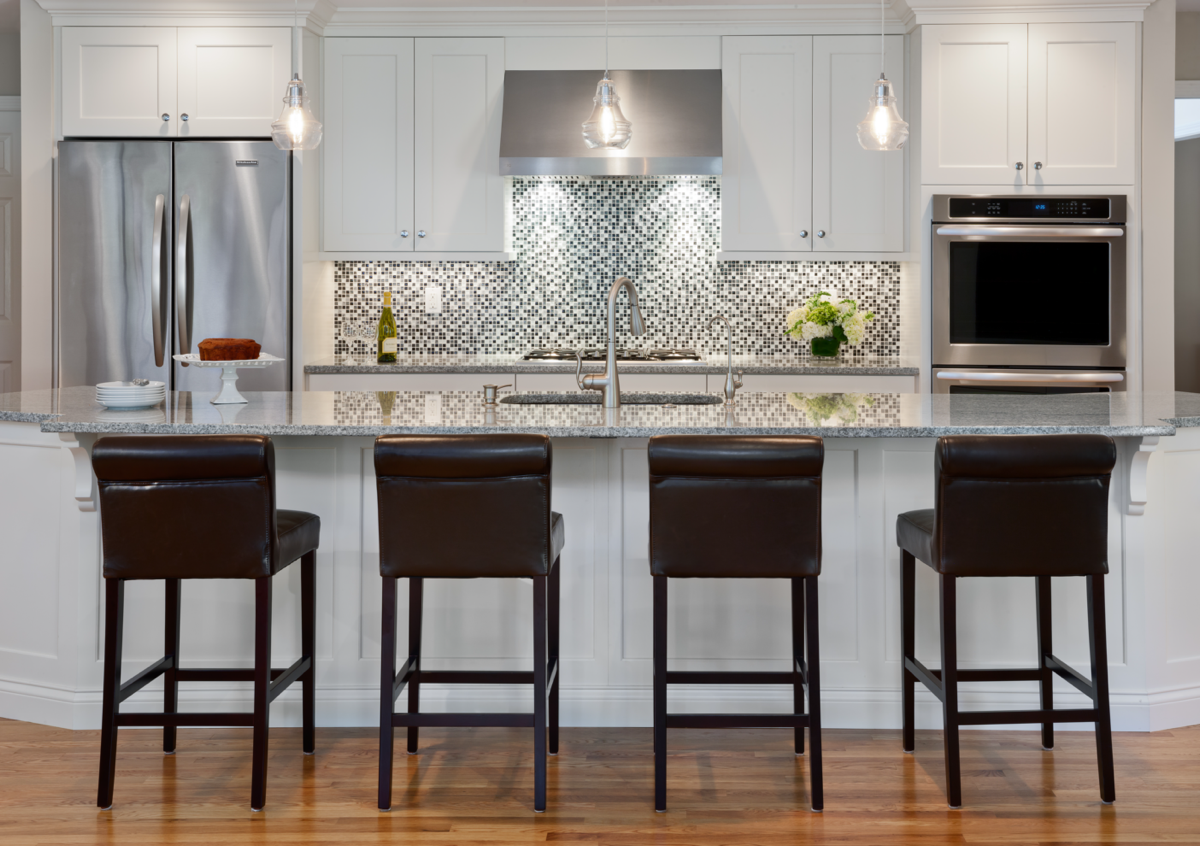

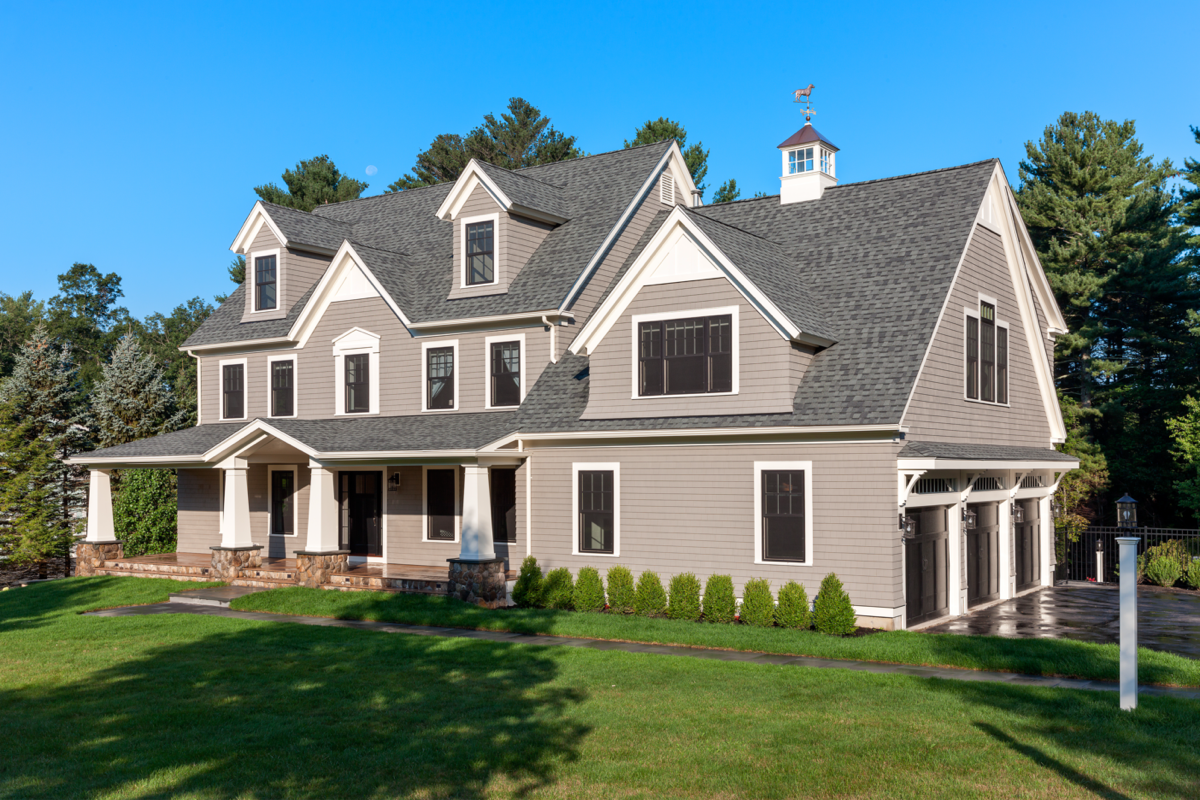
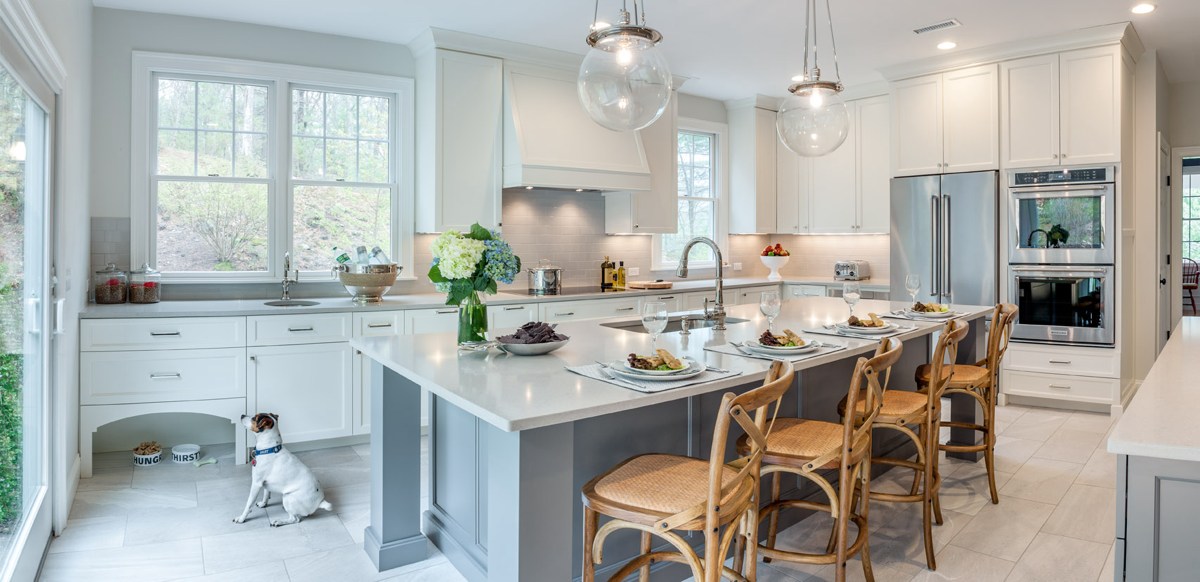
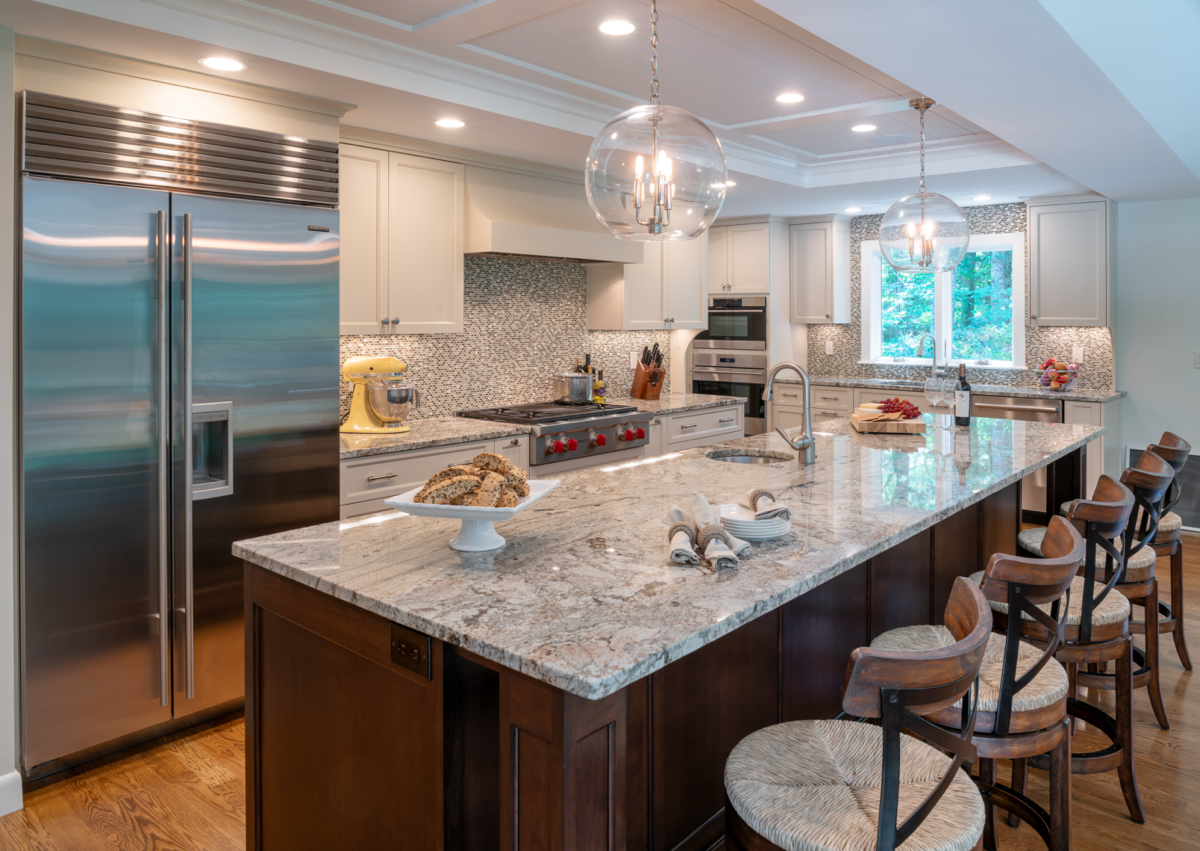
Leave a comment